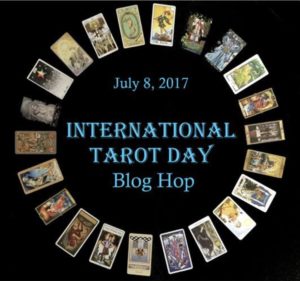The podcast Wine, Women and Words has selected The Fortune Teller as their book of the month for August! I’ll be joining hosts Diana Tierney & Michele Leivas with a glass of wine in hand on August 31st at 8pm PST to talk about the book.
In the meantime they are hosting a giveaway throughout the month. Enter for a chance to win a signed copy of The Fortune Teller and The Memory Painter!





 Today in celebration of Canada Day I’m thrilled to welcome Emily E. Auger to my website. Emily is a Tarot scholar from Canada and the editor of the 2-volume book Tarot in Culture, the most ambitious compilation on the subject since Stuart Kaplan’s Encyclopedia of Tarot. Tarot in Culture is a collection of papers by Tarot experts delving into every aspect of the subject, not only about the history of Tarot but about Tarot in art. Volume One centers around history and Volume Two focuses on the literary and artistic aspects.
Today in celebration of Canada Day I’m thrilled to welcome Emily E. Auger to my website. Emily is a Tarot scholar from Canada and the editor of the 2-volume book Tarot in Culture, the most ambitious compilation on the subject since Stuart Kaplan’s Encyclopedia of Tarot. Tarot in Culture is a collection of papers by Tarot experts delving into every aspect of the subject, not only about the history of Tarot but about Tarot in art. Volume One centers around history and Volume Two focuses on the literary and artistic aspects.
